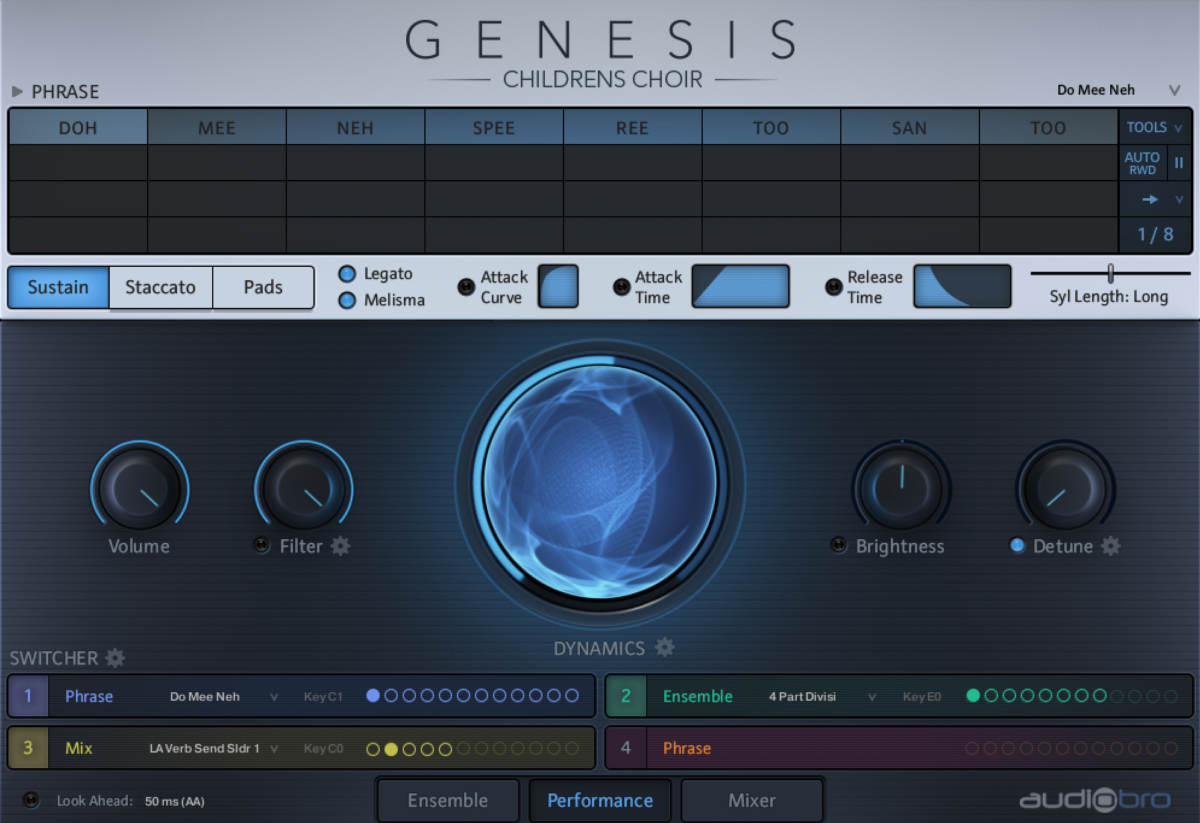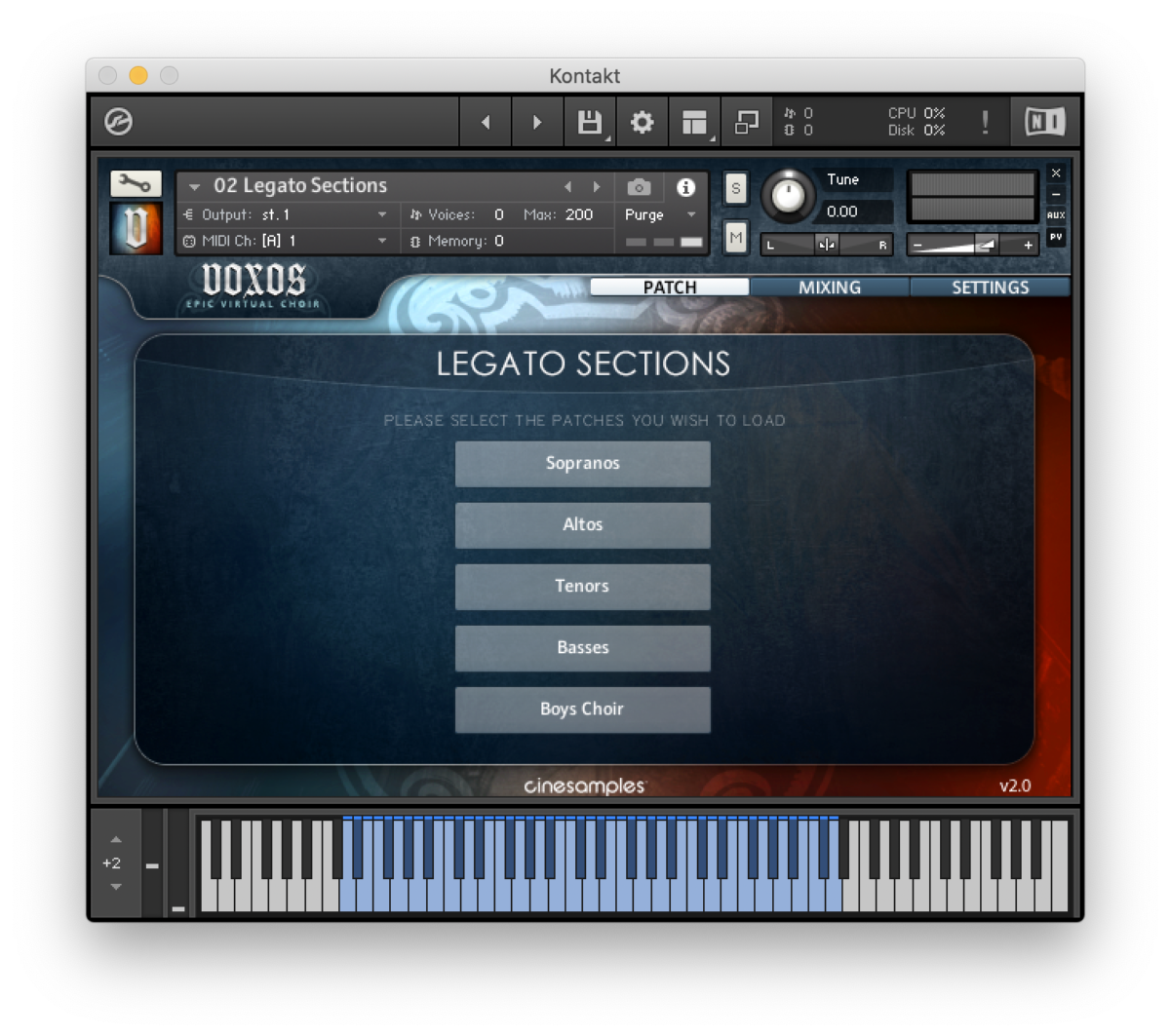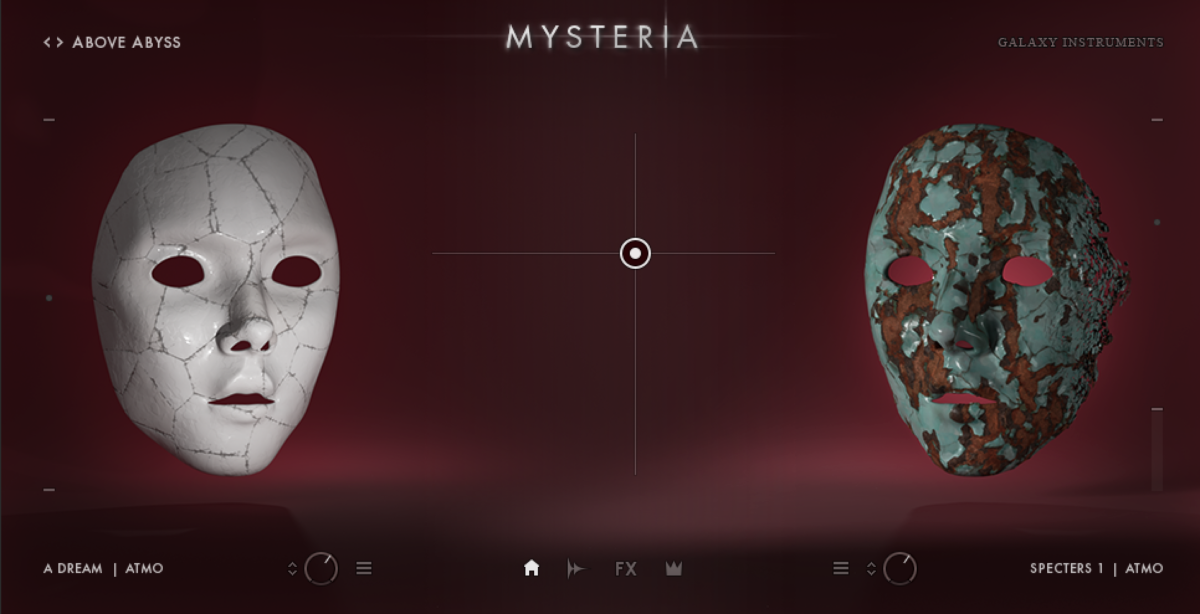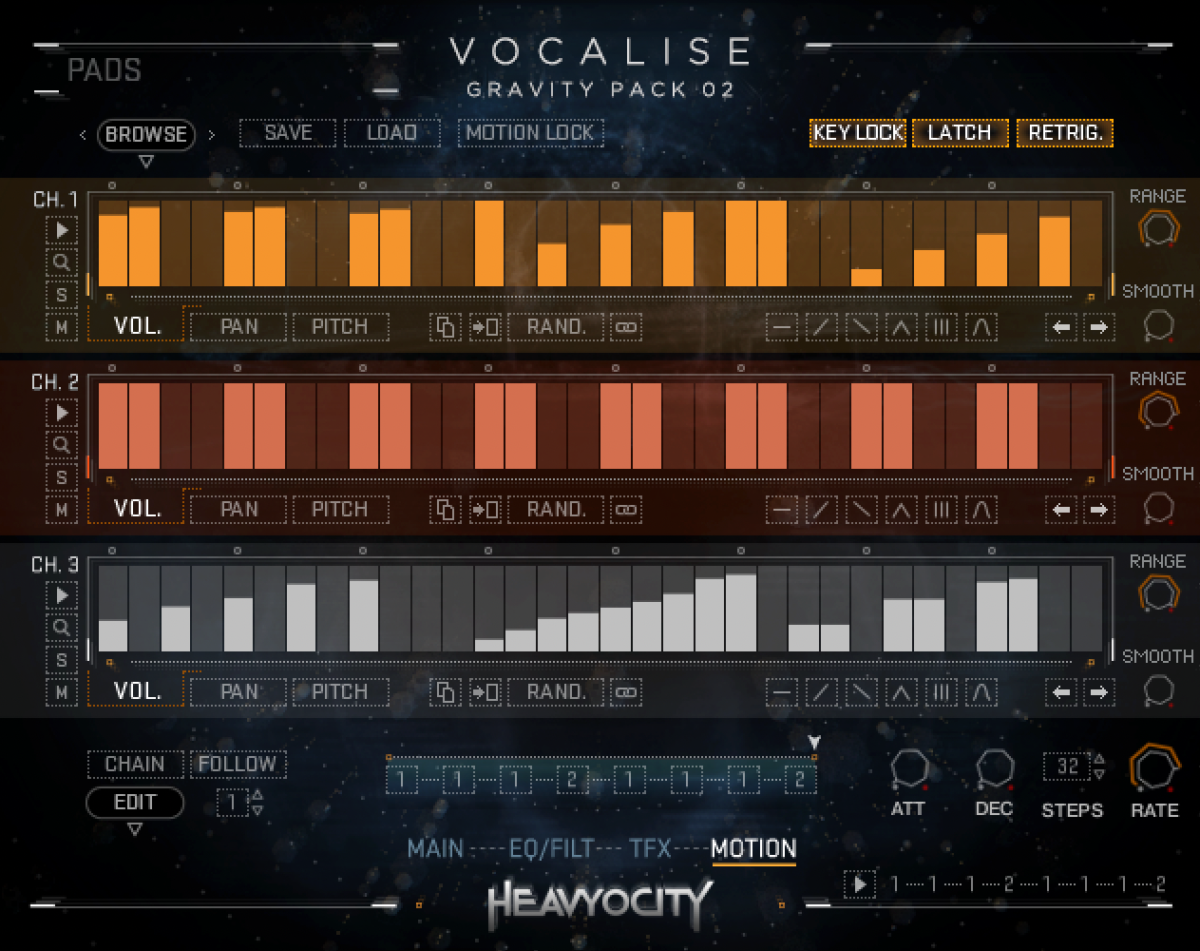In the above how-to guide, discover ways to embellish your scores with vocal performances. From delicate solo voices to powerful choir ensembles, bring organic life to your tracks by using the human voice. Seamlessly blend live and library vocals with your own music, taking examples from Reuben’s explanatory video and further afield. And be sure to keep reading for more tips and detailed explanations below.
Introducing the voice
Whatever kind of music you’re making, adding vocals will give your tracks relatability and intensify audience reactions. As man’s oldest instrument, there’s something special about the human voice that can cut through right to the heart of an emotion. You’ll hear composers such as Hans Zimmer and Howard Shore regularly use vocals as indispensable elements of their award-winning scores. Knowing when and where to employ voices is a skill in itself; as an integral part of the orchestration or purposefully separate from the rest of the music. Experience and practice will guide you here. Be sure to listen to plenty of music that features vocals, analysing what works (and what doesn’t) in the context of film and also apart from it.
Choosing a vocal
Knowing which types of vocal to use is crucial to achieving an effective feel within a score. With a wealth of vocal libraries on the market, there’s never been more choice available. Selecting the right singer or choir for the job can be tricky but there are certain conventions that still work effectively: For example, focussing on the sex, age and background of vocal performances can lend different emotions to your music. Typically, children’s voices are pure and angelic, male choirs more aggressive and female ensembles evoke comfort. Obviously, these are huge generalisations, so feel free to explore all aspects of vocal timbres with creepy children and threatening women.

Solos & sections
The number of singers you should use will largely be dictated by the action on screen or the emotion you’re trying to elicit from your listener: Solo children’s voices could signify loss, a small number of male voices can sound religious whereas a larger group of singers brings the drama. Vocal libraries often have options for choosing the section size of a choir or combining multiple voices together. Traditionally, the pitch range of a singer can be categorised into 4 groups; soprano, alto, tenor and bass. Many choir libraries split up their samples into section patches using this exact system. Mix and match the various sections to reproduce different timbres.

Writing for choir
If you’re looking for an authentic choir sound, write individual parts for the 4 choir sections with just a couple of notes for each. Otherwise you may get an unrealistic build-up of multiple sections in the same range. When writing traditional harmonies, treat your choir like any other orchestral section and construct melodies, harmony and counterpoint, rather than just writing block chords. You may find it helpful to sing along to each of your choir sections, programming ranges and pauses for breaths for your virtual singers to represent their real-life counterparts. Choose notes that have a relatively large interval between them for male tenor and bass singers. For higher female soprano and alto, close voicing sounds better. Be mindful of the dynamics and volume of real-life voices. For example, emphasising the fundamental root note of a chord and easing back on the third and fifth intervals.
Resources for arrangement
Decent educational resources that cover choir composition are hard to find, with expensive music colleges gatekeeping much of the know-how. However, there are a few decent books on the subject including Choral Arranging and Scoring For Voice, as well as a wealth of tips contained within further reading on this list. Some composition experts have produced tutorial videos including Eric Whitacre, David Das and JJay Berthume. Much like orchestral writing, you can learn a great deal from studying choral arrangements by dissecting existing scores and trying to recreate the pieces yourself. If you’re familiar with standard music notation, this huge YouTube playlist is a wonderful resource for learning the intricacies of both traditional and modern choir writing. Watch the sheet music scroll by whilst the pieces are sung.
Choir libraries
When Kontakt choir libraries were first developed the sung syllables available were very simple, usually just ooo’s and aah’s. However, more recent libraries have a wider range of performance articulations. Some include slices of word fragments which can be strung together to create basic phrases, such as within Cinesamples Voxos. You will also find a range of special effects including swoops, clusters and whispers with some clever Kontakt engines making these vocal effects supremely playable, morphing through textures to create bespoke performances. What all this innovation means for your music is that there’s plenty of scope to use a variety of unusual scoring techniques, as an alternative to standard choir performances. Don’t be afraid to experiment.

Vocal textures
With modern vocal scoring, it’s not all about blended choirs and soaring soloists. For example, in the video above, I’ve used mutated vocal pulses as the backbone of the track as these sounds are less recognisable as voices, but still lend an organic human touch. Rather than traditional vocal performances, hybrid libraries such as Mosaic Voices and Vocalise are better described as vocal synths as they handle vocal playback in a very different way than regular choir libraries. These state-of-the-art products take snippets of vocal performances, smother them in effects and present them as multi-sampled patches that can be easily played across a keyboard like any other synth instrument. Be sure to play around with the copious on-board processing that these libraries offer, as curating your own types of vocal variations will help your music stand out from the crowd.
Cultural awareness
If you’re planning to use non-English vocals, ensure that you understand the meaning of the words. Be sensitive to any religious or cultural significance. Similarly, using an “exotic” sounding voice to conjure a sense of unfamiliarity or otherness needs to be carefully handled. It’s important to be mindful to native languages by not using strange-sounding vocals for the sake of it, especially if you don’t know what is being sung. If in doubt, leave it out.
Spotting vocals
If you’re scoring to picture, choosing where to place vocals can be a delicate business. As a rule of thumb, strident soundtrack vocals shouldn’t be placed to compete with an actor’s dialogue. However, subtle ambient vocals are rather more flexible, blending into the background with ambiguity. Because vocals signify a specific human emotion more distinctly than any other instrument, you shouldn’t use them too often or obviously. It’s more effective to employ vocals sparingly, perhaps to signify a specific beat in the story, change of scene or as part of a character’s theme.

Mixing live singers
Whether you’re scoring with live recorded vocals, or using a vocal sample library, you’ll invariably need to open up your mixing toolkit to get a professional sound. With raw recorded voices, adding plugins can quickly get out of hand as you’ll need a chain of FX to tame sibilance, reduce breaths, control dynamics, shape the tone and add reverb. Vocal processing is a complex and dark art, but certain tools such as iZotope’s Nectar and Neutron can help enormously. These multifaceted plugins listen to the audio and use intelligent programming to build effective FX chains. For further reading, iZotope has some valuable educational resources on their site dedicated to vocal mixing.
Sample library quirks
Unlike live voices, well-produced vocal libraries are far easier to work with when it comes to mixing. You can use the library’s own onboard processing as a jumping-off point and tweak the effects settings to taste. However, there are a few important things to consider before finalising your mix. Many libraries (especially choirs) come with factory presets drenched in reverb. This kind of processing is useful for auditioning patches, but the generous ambience may not be suitable for your own tracks. To help your vocals sit in the mix, turn off any preset reverb and instead use a similar ambience to the rest of your instrumentation. This will help the vocals sound as if they’re being performed in the same space. To help a choir sit back in the mix, increase the reverb pre-delay and wetness, or use a soundstaging plugin to push the vocals back into the hall. You may want solo vocals to be more upfront, so make these drier or add some subtle saturation to enhance the harmonics and give more immediacy to the performance.















